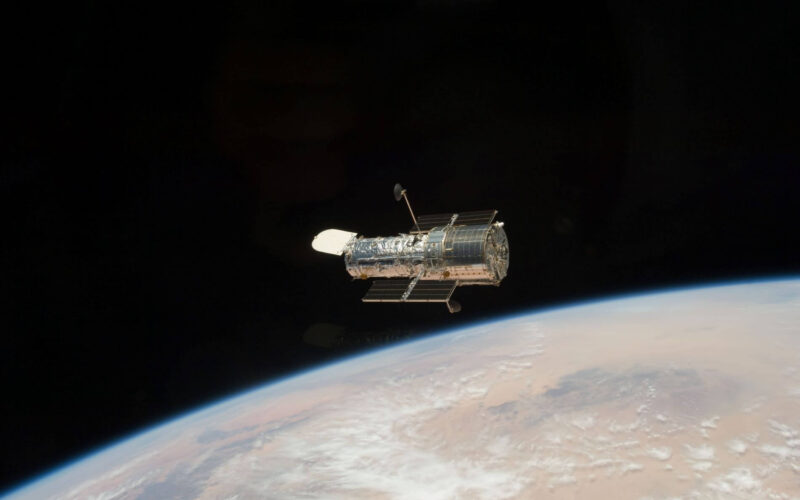NASA and SpaceX have signed a Space Act Agreement to study the feasibility of boosting the Hubble Space Telescope to a higher orbit, extending its service time. The plan will utilize one of SpaceX’s Dragon spacecrafts.
Further details of the mission will be revealed following an extensive six-month study, which will also determine the possibility of collaboration between NASA and the commercial sector.
“This study is an exciting example of the innovative approaches NASA is exploring through private-public partnerships,” Thomas Zurbuchen, associate administrator for the Science Mission Directorate at NASA Headquarters in Washington, said in the agency’s press release.
According to NASA, the Hubble and the Dragon will be used as test subjects for the study, with other spacecraft in the near-Earth orbit eligible for similar missions.
Private initiative
The agency also said the mission will be “at no cost to the government” and may be conducted in partnership with the Polaris program.
Polaris, a private human spaceflight initiative by American billionaire Jared Isaacman and a successor to first-ever private orbital mission Inspiration4, is slated to start conducting crewed flights on SpaceX Dragon in 2023.
According to journalist Eric Berger, the Hubble could be boosted during one of Polaris’ missions, which would extend the life of the 33-year-old space telescope by 15 to 20 years.
Life extension
Launched in 1990 as the world’s largest space telescope, the service life of the Hubble was significantly extended by several service missions performed before the retirement of the Space Shuttle in 2011.
Despite being superseded by its more powerful successor, the James Webb Space Telescope, the Hubble has continued operations.
However, due to being in Low Earth orbit, and thus experiencing some drag from the upper layers of Earth’s atmosphere, the Hubble is steadily losing altitude and is expected to deorbit sometime between 2030 and 2040.
Boosting the telescope to a higher altitude would allow it to continue operating.

